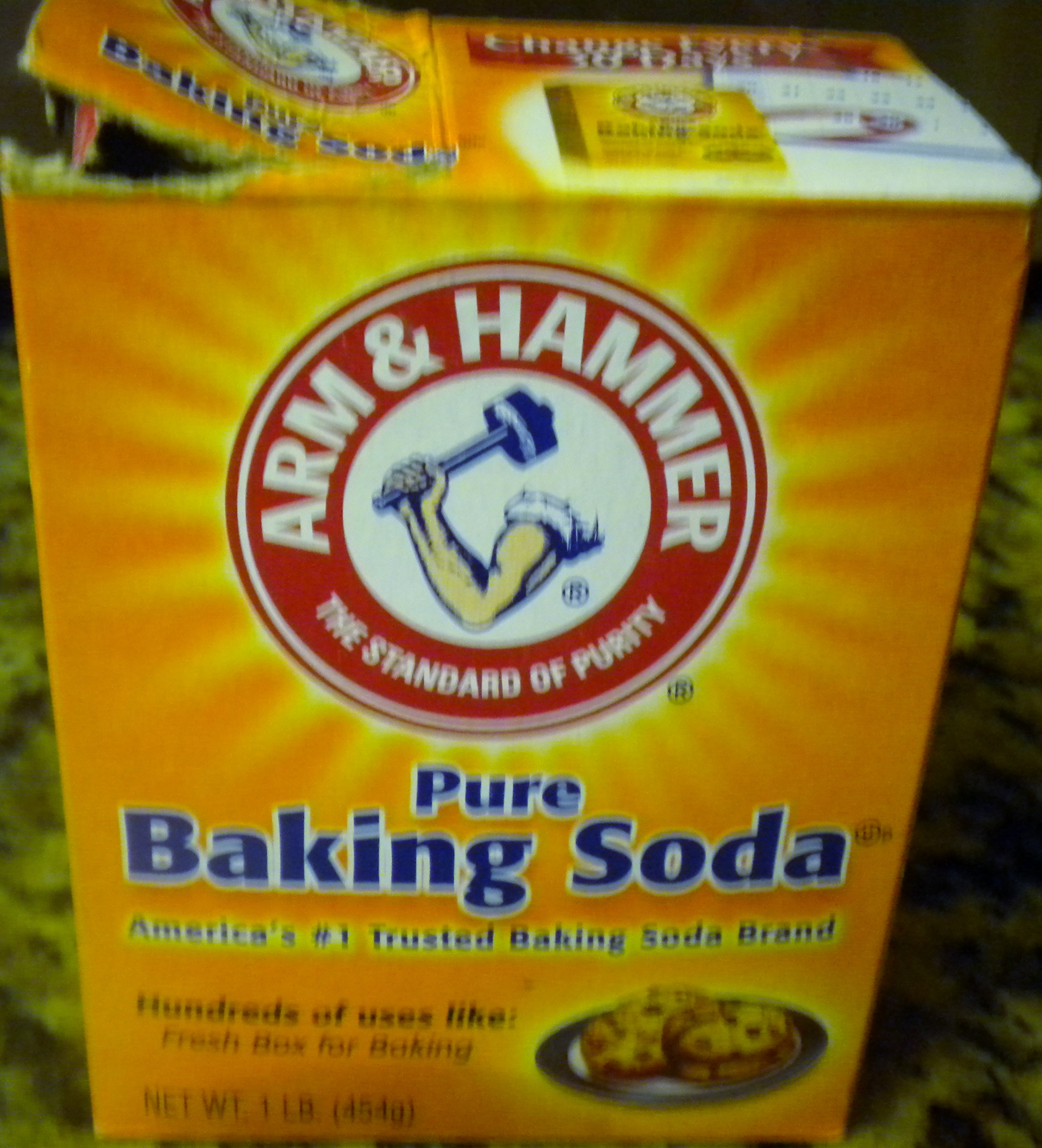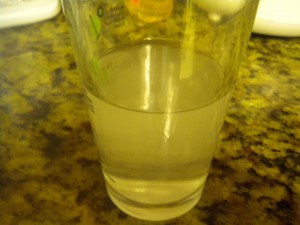
‘NATIONAL BICARBONATE OF SODA DAY’ – BAKING SODA
BICARBONATE OF SODA
NHCO3
(Baking Soda)
December 30th is ‘National Bicrbonate of Soda Day’. I suppose it may be a good time for such a day in that many of us have or will probably overeat while celebrating the Holidays and may experience some indigestion. Even though Bicarbonate of Soda or Baking Soda is usually used more for baking than anything else, it does have its uses as an antacid.
The most common and frequent use of Baking Soda is as a leavening agent for baking, therefore its name which it is more commonly referred to as is ‘Baking Soda’. It is composed of Nitrogen, Hydrogen and Carbonate (CO3) which is one molecule of Carbon and 3 molecules of Hydrogen. Baking Soda is used as the leavening agent in baked products which contain an acid as Baking Soda requires an acid to activate it. Once the Baking Soda is activated it releases CO2 which as we know is a gas and rises as it is released. The rising takes place in the form of small bubbles. which cause the other ingredients to expand, thereby making the baked product rise.
Baked products which do not contain an acid generally use Baking Powder as the leavening agent. Baking Powder can be purchased in the Baking Section of the Market, but if you are in the process of making something that requires Baking Powder and you find that you have run out, you do not have to run to the market to buy some. The reason for this is that Baking Powder is actually Baking Soda which has been mixed with Cream of Tartar (an acid) and starch as a filler. Of course, you do have to have Baking Soda on hand.
The next time you run out of Baking Powder and do have some Baking Soda on hand, use the equivalent shown below.
1 tsp. of Baking Powder = ¼ tsp. Baking Soda plus ½ tsp. Cream of Tartar.
If you don’t have Cream of Tartar you can use an equivalent amount of Lemon Juice or other acid product, however Lemon Juice or Vinegar will alter the flavor of your product. Actually Lemon Juice usually gives a nice flavor to baked goods so that would be not be detrimental, however if using vinegar, you definitely want to take into mind that vinegar can change a baked product adversely and that is, not good.
Cleaning Agent – Baking Soda is often used as a cleaning agent. A small amount dissolved in warm water can be used to wash out your refrigerator. Not only will it clean the shelves but it will also help to eliminate undesirable food odors. In fact, you can buy a clever stick on device which contains Baking Soda to put in your refrigerator. It even has an indicator that tells you when the Baking Soda is no longer effective. Or you can leave an opened box of Baking Soda in your refrigerator. The box of baking soda in your refrigerator should be changed about once a month.
You can also use a mixture of Baking Soda and Warm Water to clean your windows if you have nothing else on hand.
Toothpaste – if you run out of Toothpaste, you can use a paste made from Baking Soda and Water to brush your teeth. The taste may not be too good, but it does get the job done. Some brands of Toothpaste even have some varieties which have Baking Soda in them.
Antacid – Bicarbonate of Soda when mixed with water and drunk works well as an antacid. The proportion for this task is ½ tsp. of Baking Soda mixed with half a glass of water (approximately 4 oz.) It is best to drink it down as quickly as you can as it does not taste very pleasant. (Baking Soda has a somewhat salty taste)
1/2 tsp. of Baking Soda in 1/2 glass of water acts as an atacid for the relief of indigestion
Burn Relief – to relieve the itching and pain of too much sun, add some baking soda to lukewarm bath water and soak in it. For minor burns make a paste of baking soda and water and apply to the burned area for soothing relief.
Baking Soda is one of those products however miniscule that really make a difference, especially when it comes to baking. Be sure and keep at least one box on hand in your kitchen at all times.
